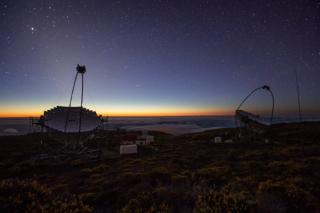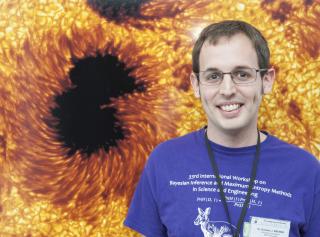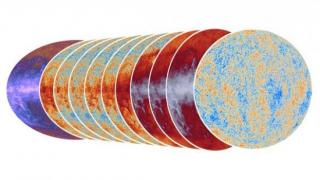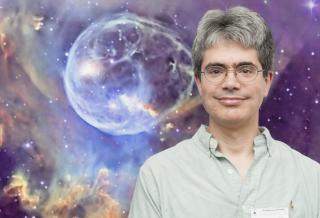
The MAGIC telescopes at the Observatory of the Roque de los Muchachos, in La Palma, have detected gamma-ray flares shorter than any previously observed, coming from a supermassive black hole. Scientists explain this phenomenon by a mechanism similar to that producing lightning in a thunderstorm. This result, with a significant Spanish participation, is published today in the journal Science., which shows that these objects emit energy into the intergalactic medium via a mechanism similar to that which produces lightning in storms.
Advertised on



